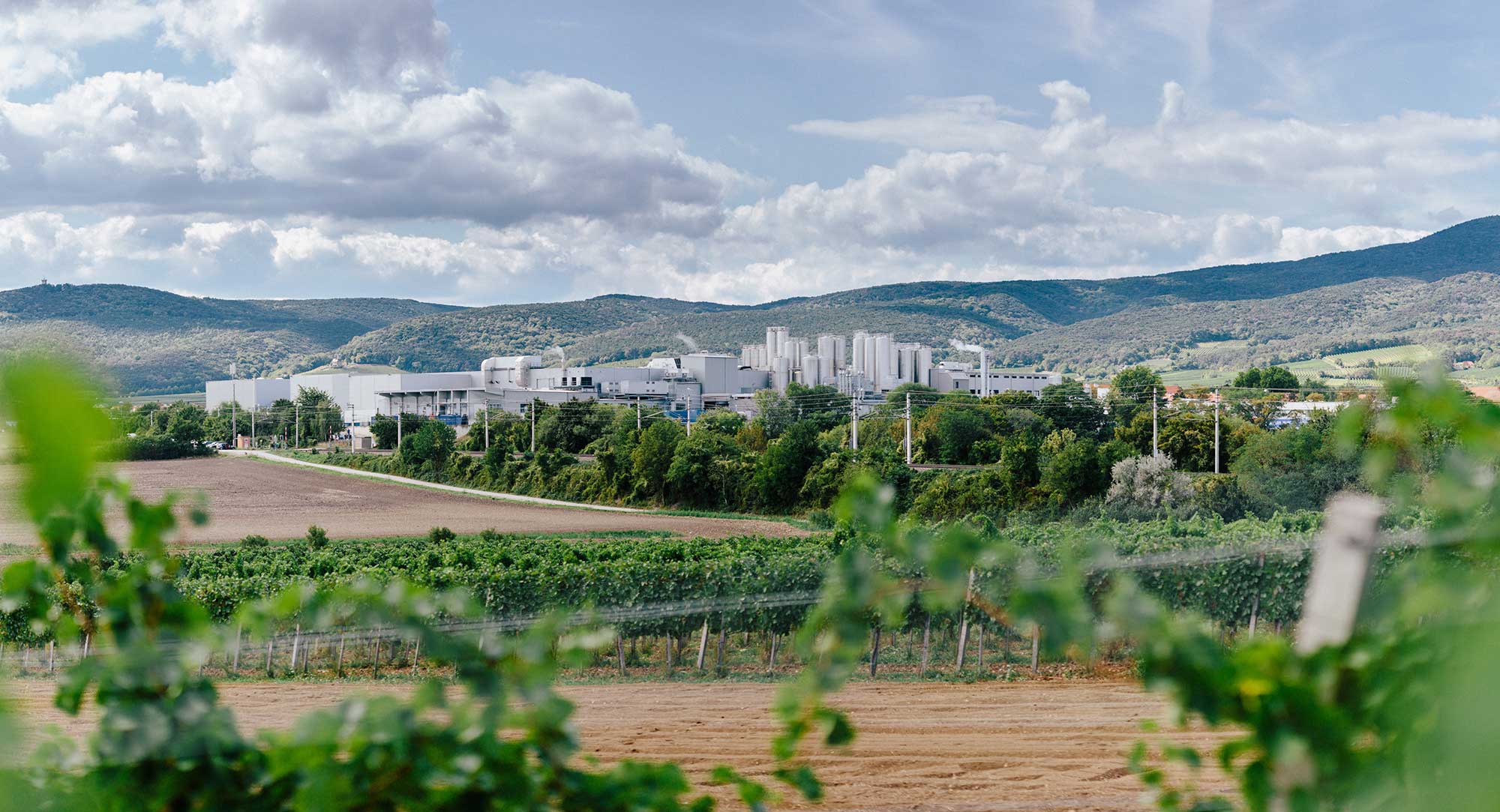With the Smart Anergy Quarter Baden (SANBA) project which was started in 2018, the AIT Austrian Institute of Technology* is developing a concept for a low-temperature heating and cooling grid, also known as an anergy grid, for the Martinek military camp in Baden, near Vienna, which were abandoned in 2014. The 40-hectare site owned by the Austrian Ministry of Defence has been the subject of numerous development plans over the last few years. A new multi-use urban district with residential, commercial and office buildings could be constructed there. The listed buildings of the former military camp would need to be renovated regardless of their future use. The central idea for the refurbishment is to provide the district with industrial low-temperature waste heat produced by processes at the nearby NÖM dairy. Further sources of energy available locally such as geothermal energy, photovoltaics and solar thermal energy could be used to supply energy to the buildings.
Local anergy grids are pipeline networks that distribute low-temperature water (from 4 to 30° C) between individual buildings or groups of buildings. The water can be used for direct cooling (“free cooling”) as well as for heating and cooling using heat pumps. Anergy networks present new opportunities for decentralised energy supply. By forming local energy communities, the integration of locally available renewable energy sources becomes possible and flexibility is increased. As both energy producers and consumers, the buildings in a district become active network participants.
Feasibility study
A multi-layered, interdisciplinary simulation algorithm is being developed for the efficient planning of a local low-temperature heating and cooling network. Simulations for three different usage scenarios (exclusive use of the historic buildings or the use of additional buildings, too) are being carried out. The user and load profiles of the buildings are assumed to be mixed. The results of the project will show whether the concept is technically and economically feasible and whether it should be pursued. As a first step, the waste heat potential from the wastewater at the NÖM dairy was analysed and a hydrogeological model for the use of geothermal energy at the site was created. A technical draft for the components of the anergy network was also developed and the first cost-effectiveness calculations were performed.
To date, there has been little research into local anergy networks, but these could become more important in the future, especially in urban areas. SANBA should deliver important insights to support the implementation of such networks in Austria and to enable the screening of suitable locations and planning, in particular within the framework of renovation projects.
www.nefi.at
* PROJECT PARTNERS: NÖM AG, TU Wien (Vienna University of Technology) – Institute of Energy Systems and Thermodynamics, ENFOS. e.U. – Energy and Forest, Research and Service, Institute of Building Research and Innovation ZT-GmbH, City of Baden Energy Department, University of Leoben – Chair of Energy Network Technology, geothermal GmbH, BauConsult Energy GmbH
PROJECT ADVISORS: The Austrian Ministry of Defence, represented by the Military Real Estate Management Centre (MIMZ), Austrian Federal Monuments Office
